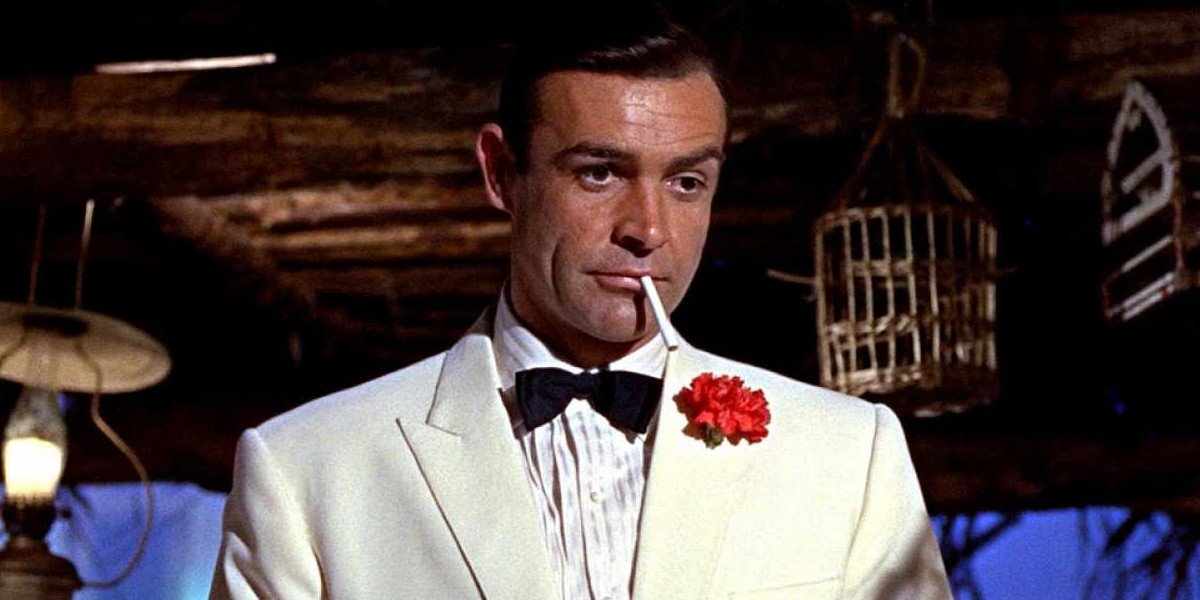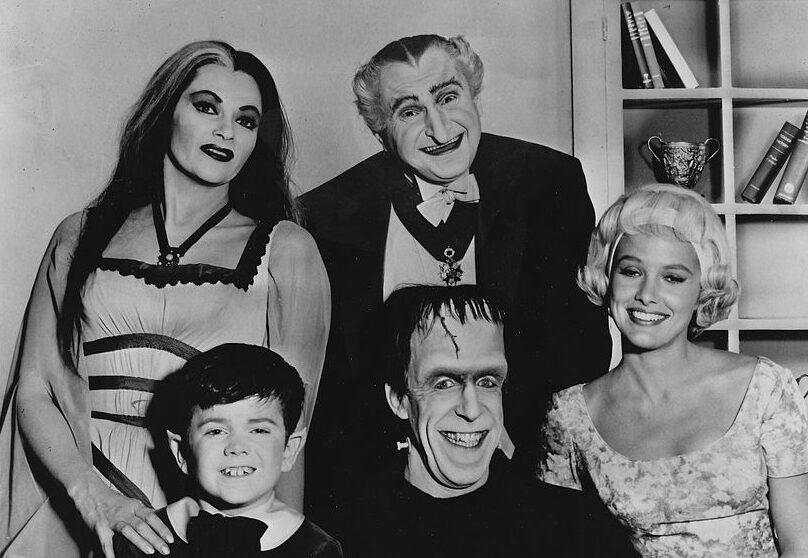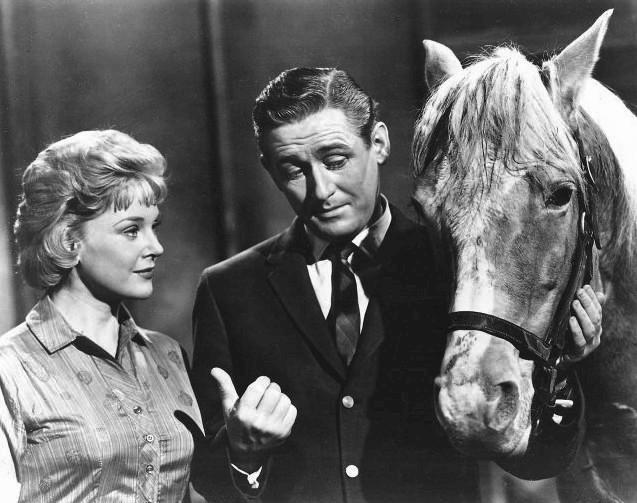Share this article with your network of friends!
For seniors who remember the excitement and glamour of the 1960s and 1970s, the James Bond movies of that era hold a special place in their hearts. The suave British spy, known for his charm, wit, and daring escapades, became an iconic figure in popular culture. In this article, we journey back in time to revisit the thrilling world of James Bond, exploring the movies that defined a glittering era of espionage and adventure.
The Birth of James Bond on the Silver Screen
The first James Bond movie, “Dr. No,” hit theaters in 1962, based on the novel by Ian Fleming. The film introduced audiences to Sean Connery, the Scottish actor who embodied the character of James Bond with his suave demeanor and debonair charm. “Dr. No” laid the foundation for the franchise, setting the stage for a series of action-packed spy thrillers.
The 1960s: Iconic Bond Movies and Bond Girls
Throughout the 1960s, James Bond films became synonymous with sophisticated action and captivating storytelling. Sean Connery starred in a total of six James Bond movies during this decade, including classics like “From Russia with Love” (1963), “Goldfinger” (1964), and “Thunderball” (1965).
These movies introduced audiences to some of the most iconic Bond villains, like Goldfinger and Ernst Stavro Blofeld, and showcased the charm of the suave secret agent as he navigated through perilous situations with ease. The 1960s also introduced us to the alluring and charismatic Bond girls, who became an integral part of the franchise.
The 1970s: New Bond, Same Thrills
As the 1970s rolled in, the Bond franchise continued to captivate audiences with new adventures and thrilling missions. Sean Connery stepped down from the role of James Bond after “Diamonds Are Forever” (1971), leading to the introduction of George Lazenby as Bond in “On Her Majesty’s Secret Service” (1969). However, Connery would return for one more Bond film, “Never Say Never Again” (1983), in the 1980s.
In the 1970s, the Bond movies showcased a blend of classic espionage with elements of the era’s trends, including space exploration and martial arts. Roger Moore took over the role of James Bond, bringing his own brand of charm and humor to the character. Moore starred in seven Bond films during the 1970s and early 1980s, including “Live and Let Die” (1973), “The Man with the Golden Gun” (1974), and “Moonraker” (1979).
Cultural Impact and Enduring Legacy
The James Bond movies of the 1960s and 1970s left a lasting impact on popular culture, shaping the spy genre in film and television. The franchise’s iconic opening sequence with the gun-barrel and the unforgettable theme music by John Barry have become synonymous with James Bond’s image.
James Bond movies also played a role in reflecting the changing cultural attitudes of the time, from the emergence of feminism to the space race and global politics. The films’ exotic locations, high-stakes action sequences, and memorable one-liners have become hallmarks of the franchise.
Conclusion
As seniors who experienced the excitement of James Bond movies during the 1960s and 1970s, you carry with you a treasury of memories from this thrilling era of espionage and adventure. The suave secret agent, the Bond girls, and the memorable villains continue to captivate new generations, ensuring that the James Bond franchise remains a timeless and enduring part of cinematic history.
So let us raise a metaphorical martini (shaken, not stirred) to celebrate the legacy of James Bond movies of the 1960s and 1970s—a glittering era that defined the spy genre and entertained audiences around the world with its iconic hero and thrilling escapades. As the franchise continues to evolve, its classic movies from this era will always hold a special place in the hearts of fans young and old.
DISCLAIMER: This website contains articles for informational and entertainment purposes only. No articles on this website should be considered as professional advice for any medical, legal, or financial matter. Advertisements and content may contain affiliate links, where the website earns a commission for sales derived from our users.





